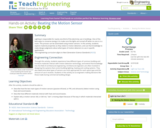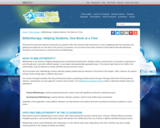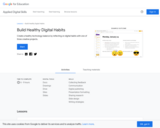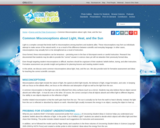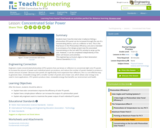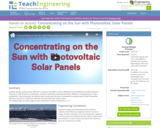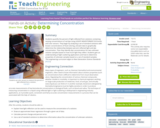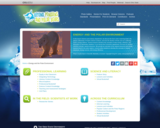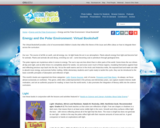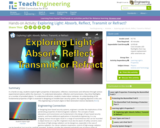
In Unit 3, students begin their work with literary argument essay writing. They apply the Painted Essay® structure to this new type of writing, evaluating how it changes when applied to writing a literary argument. As they have done previously, students deconstruct the model and complete a collaborative practice argument essay. In each lesson, students look at a discrete aspect of the argument essay model and practice using it in their own writing. In response to an open-ended prompt, they brainstorm possible reasons to support two different positions. They collect textual evidence for both sides of the argument and connect the evidence to the reasons with sound reasoning. Finally, students determine their strongest argument and make a claim. Using these skills practiced with a partner, students are then prepared to independently plan and draft an argument essay to answer the prompt: What is the most viable solution to Cal’s dilemma of whether to return to Challagi Indian Industrial School?
After writing their essay for the mid-unit assessment, students are ready to move towards the culmination of the module, an audio museum exhibit featuring the voices of American Indian boarding school students. First, students will select a text (a poem, personal narrative, etc.) written by a survivor of the boarding schools, one that resonates with them personally. They respond to this reading by writing a preface to provide context and a reflection to explain why the text is meaningful. Using the recording application first introduced in Unit 2, students record themselves reading their preface, text, and reflection aloud using proper and respectful intonation, volume, and pacing. This recording will be used for both the performance task and the End of Unit 3 Assessment. Students record two versions of their performance task contribution and then reflect on and self-assess each for their volume, pronunciation, and language use. Students use their observations about their first attempt to improve their performance on the second attempt. Finally, they listen to a peer’s second recording and reflect on and paraphrase the content and assess their peer’s volume, pronunciation, and language use in that second performance.
To showcase their recordings, the class prepares listening stations where guests of the audio museum can listen and learn about American Indian boarding schools. Learning from the module and the performance task synthesizes in a concluding whole class discussion about the importance of honoring diverse experiences and perspectives.
- Subject:
- English Language Arts
- Material Type:
- Unit of Study
- Provider:
- EL Education
- Date Added:
- 05/17/2024
